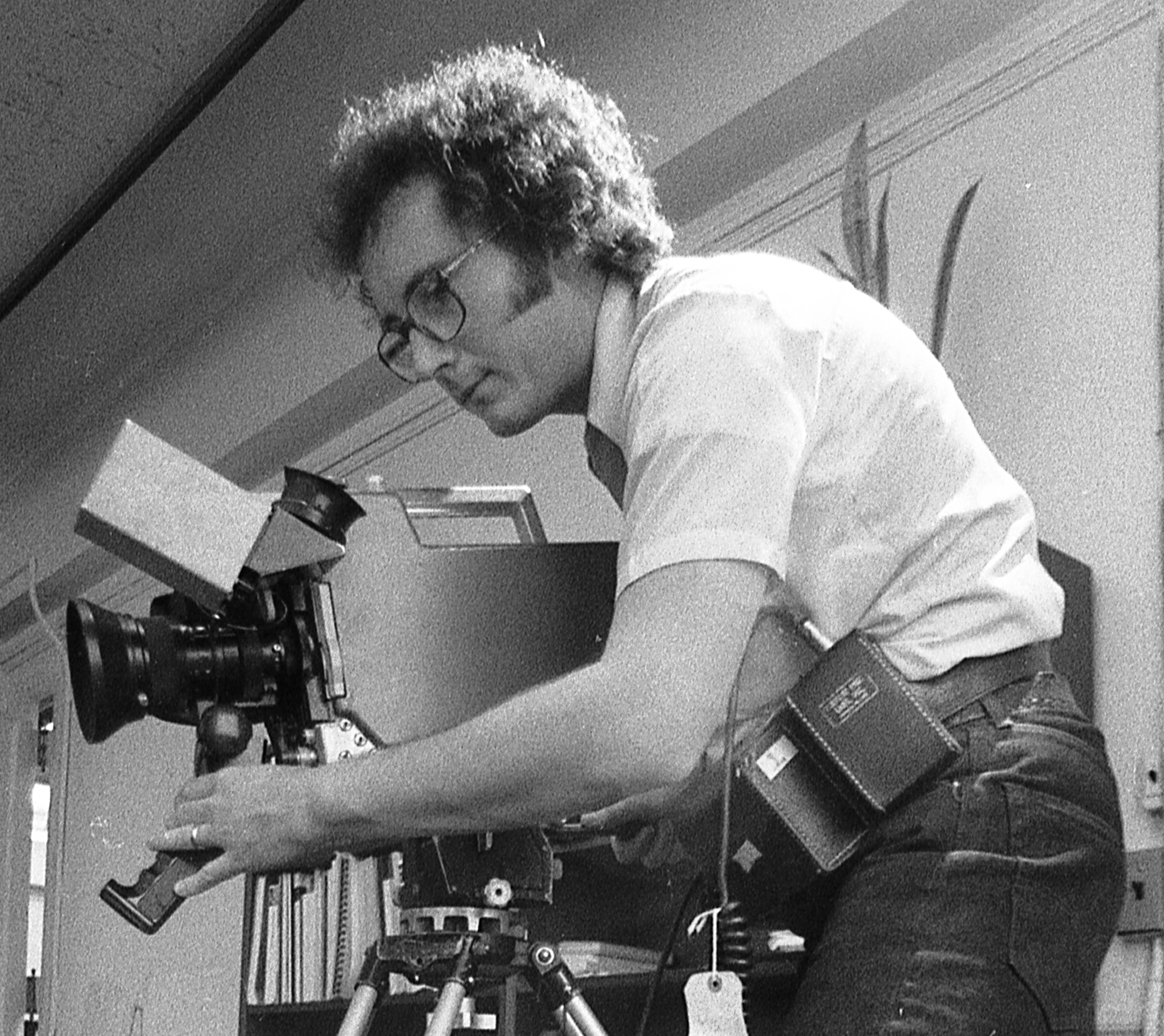Multiviewers Multitask as IP Needs Grow
ALEXANDRIA, VA.—Technologies that help broadcasters improve content production have grown by leaps and bounds in recent years. However, as their capabilities are expanding, the tools to do so are actually shrinking—in terms of numbers and physical size. That is becoming more and more true with multiviewers, which once were simply key devices to monitor quality but now are taking on more production responsibilities, while also addressing the transition to IP and 4K/UHD workflows.

The emergence of IP and 4K as key components has been occurring over the last several years, and while multiviewers have adapted to meet those trends specifically, the integration of new technology to meet these standards has also boosted multiviewers’ ability to handle other issues as part of the production process.
ADDING TO THE TOOLBELT
Once upon a time, multiviewers were simply a gathering of channels that were monitored by a couple of operators. But, as John Mailhot, the chief technical officer for networking and infrastructure with Imagine Communications highlights, production systems are getting more complicated and are operating from new virtual environments.
“There’s a lot of pressure on multiviewers to be more than just a bunch of pictures,” Mailhot says. “In the playout world, there’s a lot of trends for the multiviewers to have more telemetry on the screen, more alarming, variations on penalty boxes or other timeout things. Basically the multiviewer is becoming a symbiotic part of the enterprise alongside the operator and really helping the operator to manage the complexity in front of them.”
This symbiosis has been a big part of Imagine’s Versio line for years, according to Mailhot, ensuring that playout systems have the most accurate information. Likewise, the continued growth of IP—a multi-year trend for multiviewers—requires Imagine’s gear to be able to handle new sets of standards. This led to the recent certification of the Epic MV platform multiviewer for the SMPTE 2110 video transport protocol.
“We have a full set of support in our multiviewers for SMPTE 2110; on the input side, on the output side, including redundancy,” Mailhot explains. “One of the key features of the 2110 feature is that you can have redundant switch boards in a facility, which means you have redundant connections to all the things that are important, and I think most producers agree that the multiviewer is important.”
The professional video industry's #1 source for news, trends and product and tech information. Sign up below.
Grass Valley also keeps adding to its product lineup to address the new expectations from operators and new formats (IP, 12G SDI, 4K), including loudness monitoring, SCTE monitoring, tallies, source names, integrations with routers and switchers. “As we advance our multiviewers to support these new formats, we bring along the feature set that we’ve been providing to our users over the years,” says Martin Jolicoeur, director of multiviewer products for the Montreal-based company.
BUILDING IN HI-RES CAPABILITIES
An increasing number of productions are being shot and distributed in 4K HDR, and with the 2020 Summer Olympics on the horizon that need is only going to increase. As a result, many multiviewer vendors are seeking to address their 4K/HDR monitoring capabilities.
When monitoring HDR, Jolicoeur says ensuring that the source format and display match is key to getting the colors and dynamic range to look right. Grass Valley’s solution has been to add builtin fundamental HDR processing into its Kaleido and MV8 series multiviewers.
The use of IP with 4K displays has also been an issue that Grass has sought to address, according to Jolicoeur. Noticing a “missing link” between IP outputs to HDMI in some of these 4K displays, Grass developed the IP VU, which connects IP outputs to 4K displays so “you can view any mosaic or any source on a display,” Jolicoeur says.
Lawo is tackling the processing capacity needed to handle 4K monitoring on multiviewer systems. Multiviewers can only handle so much data, but Lawo’s Distributed Multiviewer uses an algorithm to create “subresolutions” of images to ease the processing requirements for a unit. The subresolutions create quarter resolutions of 4K sources, as well as quarter resolutions of the subresolution until there is an equivalent source that is 1/256 of the original image. The DMV system can then divide the workload among however many cards are in the system, assigning specific subresolution sources to a specific monitor.
Recently expanding upon this ability, Lawo’s Liveview Decoder takes this same capability that is typically used for uncompressed sources and brings it to compressed sources, i.e. H.264, HEVC, OTT. “It basically decodes them and creates the subresolution, but in software, and then pushes them out on the network, so it’s now available for the whole cluster to work with,” says Erling Hedkvist, senior vice president and business development manager with Lawo.
“The industry is moving, maybe slowly, but it is moving toward 4K,” continues Hedkvist. “So we’re talking about quadrupling the size of the bandwidth that needs to be monitored… using this technology, we can grow multiviewers to infinite sizes.”
TRANSITIONING FROM HARDWARE TO SOFTWARE
While many vendors are expanding the capabilities of their multiviewer systems, others are reducing the devices’ physical size as they transition from hardware platforms to software-based systems.

Since its founding 11 years ago, Israeli-based TAG Video Systems has been developing software-based IP multiviewers, which TAG Senior Advisor Kevin Joyce says gives customers the option to customize their multiviewers for different tasks. TAG—which recently opened its first U.S. office in Los Angeles—has continued to develop their technology and about a year and a half ago introduced a deployment that was 100% software in the 2110 standard.
“That type of flexibility between format, between functionality and being able to go across all the applications is completely changing the way people are thinking about setting up probing, multiviewing and monitoring in their facilities,” Joyce says.
However, there are some that still want the assurance of a hardware-based system. This has led companies like Grass Valley to include software-defined features in their hardware, or as Jolicoeur prefers to call it, “reprogrammable hardware”—“the concept of having a product, or a modular product that can evolve with using the same hardware.”
PROVIDING ALTERNATIVES TO IP
Broadcasters are embracing IP for multiviewers; according to Joliceour, 25% of such systems that Grass Valley deploys are IP-based. However, some companies are still offering SDI systems for those not yet ready to fully embrace IP.
Grass Valley’s MV8 series, for instance, works with 12G SDI while Cobalt Digital has a new version of its 9971 series of multiviewers designed to handle UHD with both 12G SDI and 3G SDI outputs, noting that SDI is a fraction of the cost of IP and requires less training for staff.
But IP is poised to be the standard; Cobalt designed the 9971 series so it could integrate with SMPTE 2110. “We believe a hybrid SDI and IP solution will be required in the marketplace for some time,” said Jacob Kinsey, chief development officer for Cobalt.
